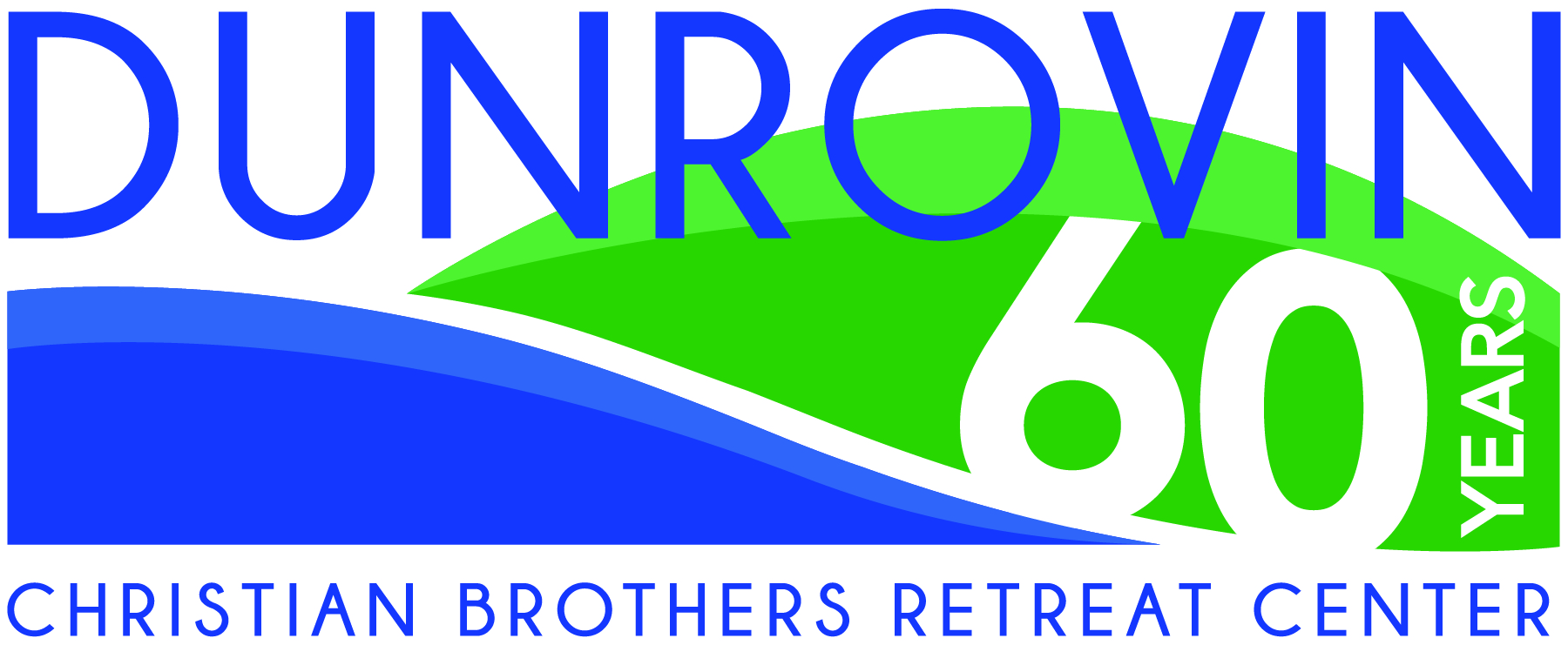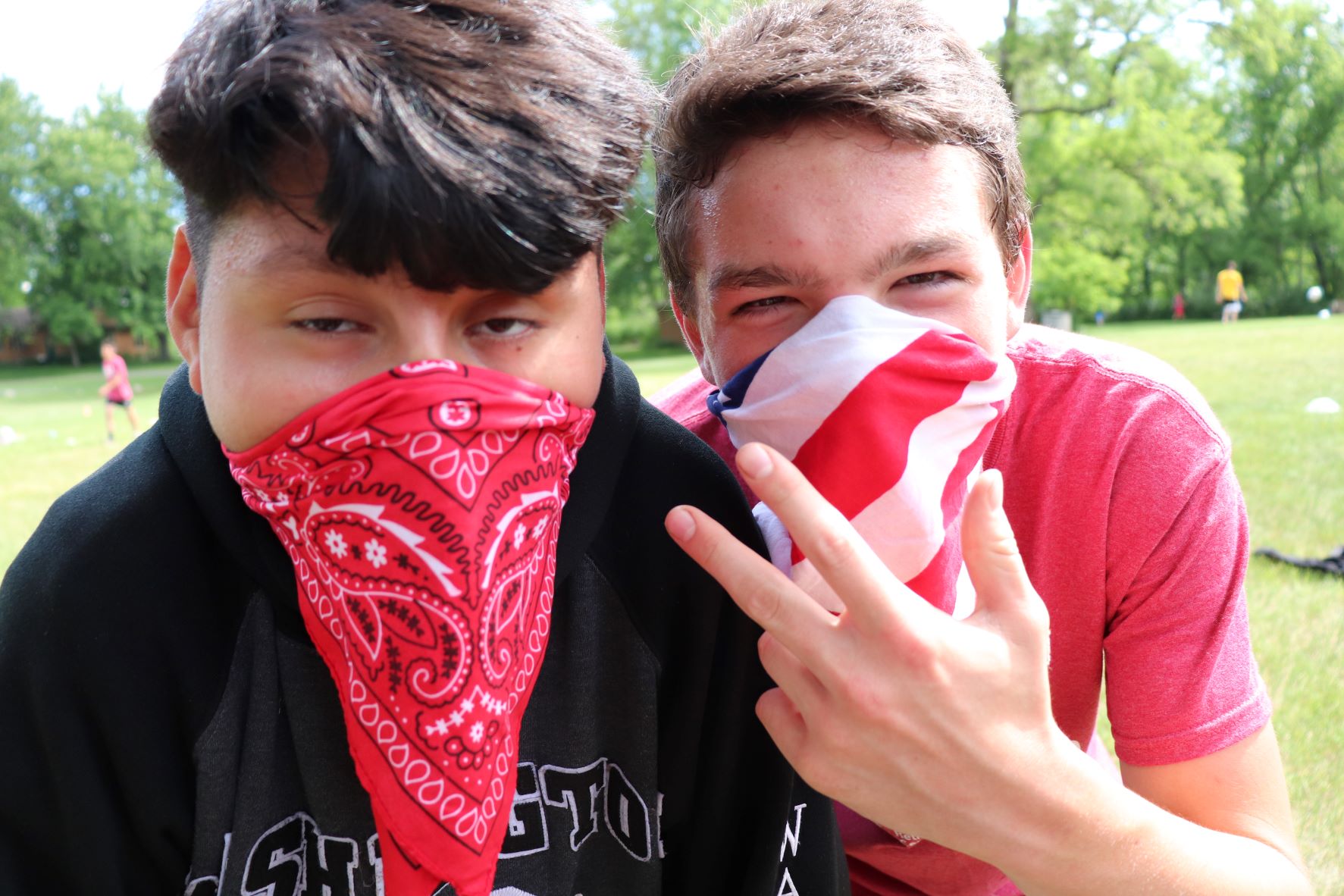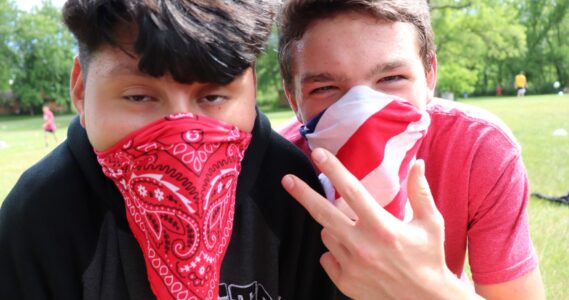Explaining LEAD #1 with Jerome Meeds
His life completely changed in 2003, when Jerome Meeds, Executive Director of Dunrovin Christian Brothers Retreat Center, attended certified coach training followed by leadership training programs.
Although Jerome admired the coaching techniques and positive approach to life, he questioned whether a secular leadership training conflicted with or complemented his deeply-rooted Catholic faith. Jerome turned to his spiritual director for confirmation and guidance on combining a coach training approach with his first love, youth ministry. Out of this wrestling was born the Dunrovin Leadership Intensive Training Experience.
DLITE became the root of the youth leadership program at Dunrovin.
Today participants in Leadership Experience At Dunrovin (LEAD) come from a variety of ethnic and social backgrounds, with a large percentage from the Latino population. Students are invited to all programs regardless of their ability to pay.
Watch a video of the first summer of DLITE (2009) when Dunrovin worked with San Miguel School Chicago’s Gary Comer campus and Back of the Yards campus.
During his life coach training, Jerome was only four years into his work with the Christian Brothers, but he already recognized their mission to touch the hearts of youth. Students from Minneapolis and Chicago San Miguel Schools attended school year retreats at Dunrovin since 2001. It seemed natural to take this retreat program a step deeper.
Jerome built on his 20+ history of work in youth ministry. During college, he worked as a camp counselor with Union Gospel Mission’s inner-city youth at Camp Kiwanis. Coincidentally, Camp Kiwanis borders Dunrovin’s property. There, Jerome appreciated the adventure of giving inner-city kids a fabulous experience in God’s creation. He also witnessed the breakdown of cultural barriers, creating within him the desire to promote greater cultural awareness to others. At Kiwanis, Jerome worked as a trail guide. He canoed inner-city kids to a small island on the St. Croix River, near Marine on Saint Croix, where they slept overnight under the stars. No tents. Many mosquitoes. One night while Jerome sat around the campfire with ten African American teenage boys, one kid fell asleep. He woke with a startle and, looking around the campfire, said, “I couldn’t see no one but Jerome sitting there with his face glowing in the dark.” They all laughed!
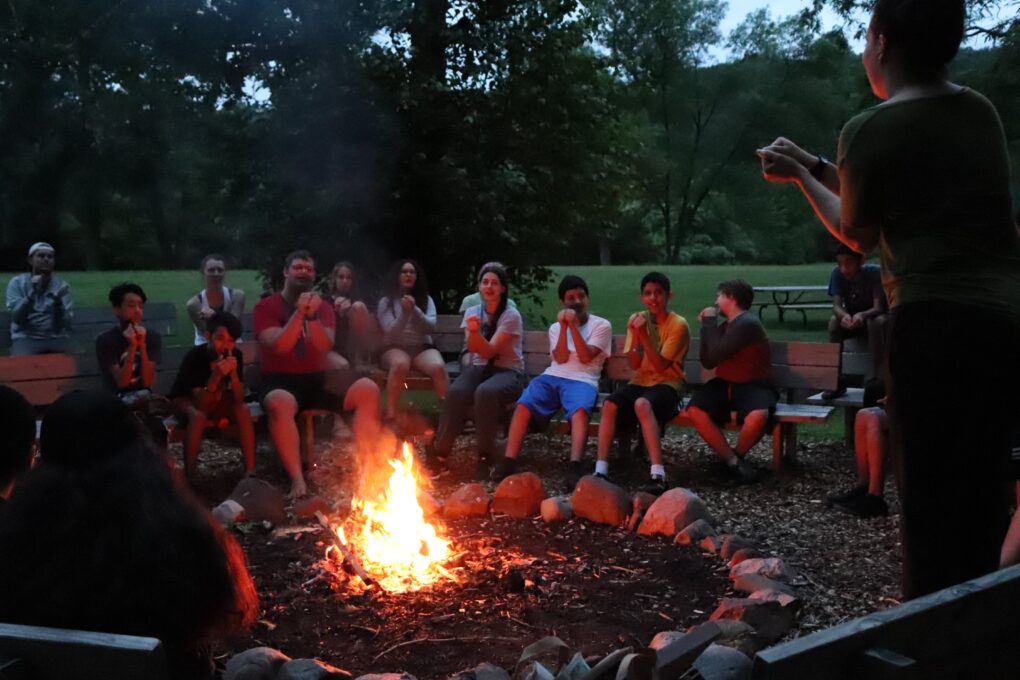
After college, Jerome traveled for a year with the National Evangelization Team, worked two years at Brady High School where he did campus ministry and coached football with Joe Rowan, and directed for twelve years the Catholic Youth Camp on Big Sandy Lake. Finally, in 1999, Jerome moved to Dunrovin Christian Brothers Retreat Center, but all along, he observed young people and learned what made them tick.
A significant impact came from one man who brought his St. Thomas Academy students to the Retreat Center in the early 2000s – Paul Bernabei. Sort of a ‘youth version of Zig Ziglar,’ Bernabei taught his TLC (Thinking, Learning, and Communicating) philosophy to the students. Jerome discovered the concepts in Bernabei’s book, Top 20 Teen (coauthored with Tom Cody, Mary Cole, Michael Cole, and Willow Sweeney, begun at Cretin-Derham Hall High School).
The message became loud and clear, ‘Come alongside the youth. Look for the potential in them and call it forth.’ Jerome began to fashion a leadership program to give students the freedom to find the potential within themselves. They would be challenged to grow emotionally, physically, mentally, and spiritually. However, he knew this wasn’t only a pull-yourself-up-by-the-bootstraps-for-the-sake-of-self journey. God needed to be the center. St. John Baptist de La Salle’s call to teach the faith to the young people would remain the goal of this journey with youth.
‘Do your part to help build up the kingdom of God in the hearts of your students.’ (St. John Baptist De La Salle)
Jerome’s recipe for youth ministry also rose out of a personal factor: his family. Relocating his wife and three daughters to Dunrovin in 1999 became an opportunity to work side by side with them. As his daughters neared their teenage years, Jerome wanted to give them a ministry opportunity that was more than a volunteer stint. He wanted young people to walk away with an experience of personal growth, something of value that they would take into their adult lives – in short, a transformation.
Jerome leaned upon his teenage daughter, Christine Meeds, to help him develop an innovative, intensive, and experiential approach to mentoring youth. This new approach was called DLITE* – Dunrovin Leadership Intensive Training Experience. Its four pillars for growth include:
- faith
- personal development
- communal spirit
- service orientation
These pillars were built on the human need for an encounter with Christ, Catholic values and prayer, teambuilding experiences and life coaching concepts, Bernabei’s Top 20 Teen, and the self-help era at the time.
DLITE launched in May 2009. When San Miguel Chicago Gary Comer students, most from the Chicago’s tough South Side, arrived at Dunrovin for summer camp, seven high school students on the first DLITE team greeted them as they stepped off the bus. It was a match made in Heaven. While Jerome trained the DLITE team, a small staff of program counselors interacted with the San Miguel students. Then the programs merged and an explosive dynamic occurred as the DLITE students served and learned. San Miguel middle schoolers loved the friendship of the teenage mentors. DLITE participants found a courage in these inner-city kids that they did not know existed. A bridge between the cultures was built and continues today, as the DLITE program remains strong.
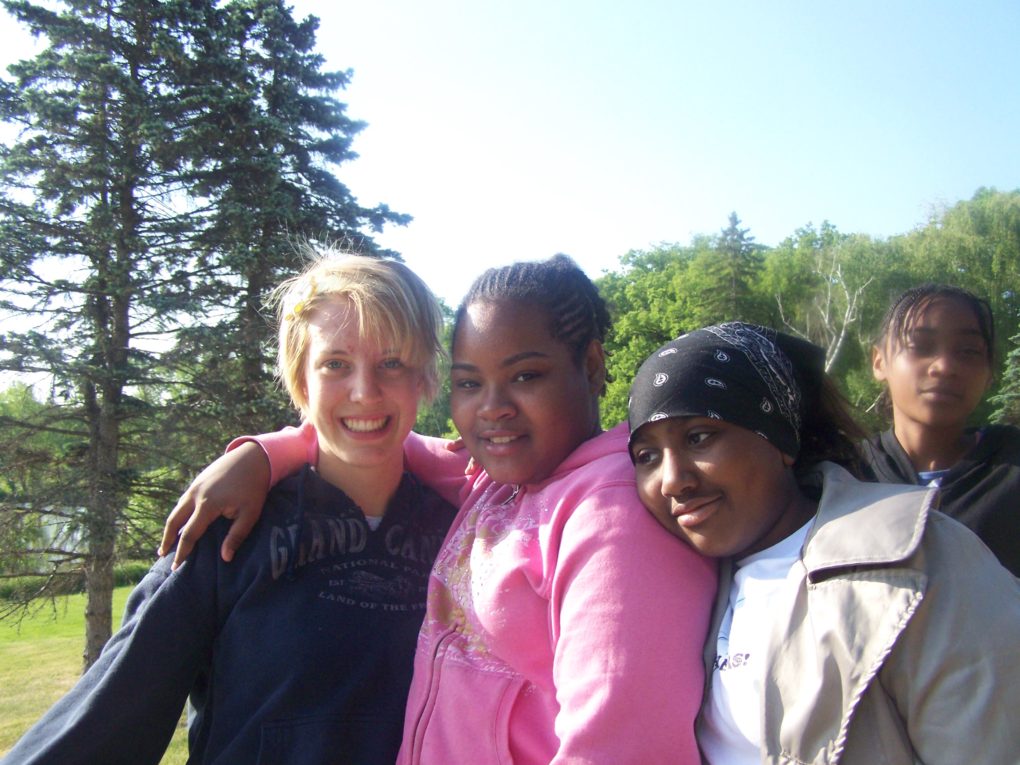
- “The counselors are like brothers and sisters. That’s how it feels when they talk to me.” (Juan, San Miguel School student)
- “The kids are participating, and we’re having a lot of fun; and I think without God’s help that really wouldn’t have been possible to bring the two groups of complete strangers from different backgrounds together and have it work so well.” (DLITE participant Clare Utecht)
- “They give you time to talk to God but they are not pressuring you.” (Patricia, San Miguel School student)
- “It’s the first year we’ve ever had assistant counselors [DLITE] and where I have seen a lot of growth and God moments is between the assistant counselors and the kids.” (Program Counselor Steve Schmidt)
*Patrick Quillan, a local youth minister, came up with the DLITE acronym. The ‘I’ originally stood for ‘Institute.’ After years of student evaluations, it was later determined that the ‘I’ more accurately stood for ‘Intensive.’ Quillan also recruited the first DLITE team of high school students. Afterward, no marketing was ever needed. Through word of mouth, friends, siblings, and classmates come for the transformational DLITE experience.
It took a leap of faith.
Looking back, Jerome says that the program begun in 2009 shocked him. He couldn’t believe how well it worked.
God led ‘in an imperceptible way and over a long period of time so that one commitment led to another in a way that I did not foresee in the beginning.” (St. John Baptist de La Salle)
This bridge between cultures effectively changed lives of the Chicago students and the local teens, but Jerome envisioned more. In 2014, he offered the DLITE program in smaller pieces to local at-risk youth from Minneapolis and St. Paul churches. Leadership Experience At Dunrovin (LEAD) evolved.
Joaquin Martinez remembers this first summer when his sister attended LEAD at Dunrovin with a suicide note in her pocket. She went home that day, re-wrote the poem for life, and showed it to her family. God uses Dunrovin to change lives.
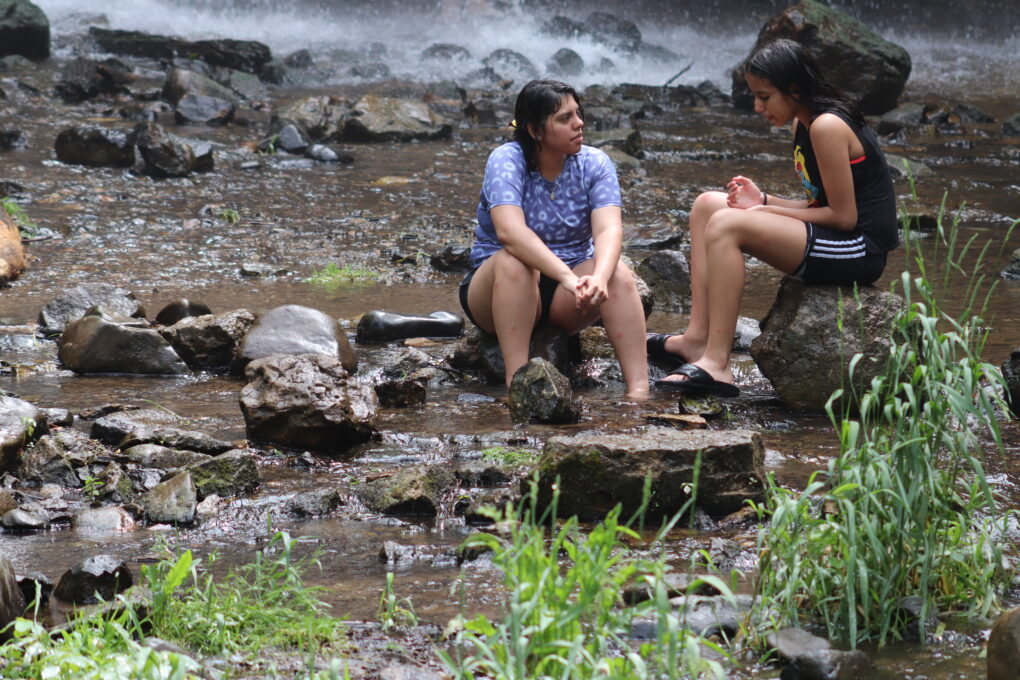
Today LEAD applies a progressive stepping stone format to walk a student through advancing levels of leadership experiences built on its four pillars of growth. A student develops internal and external capacity throughout the LEAD program.
- Beginning LEAD experiences include Summer Leadership Camp and LEAD Encounters
- More advanced LEAD experiences include DLITE, captain, internship, and summer program positions.
- Each step builds on the other but can be independent.
- Every retreat creates greater opportunities for growth and responsibility as the student becomes a role model for other students.
Equipped as a game changer, the LEAD student has learned to take responsibility for personal life change. This significant change ripples outward to effect transformation in families, neighborhoods, schools, and society.
